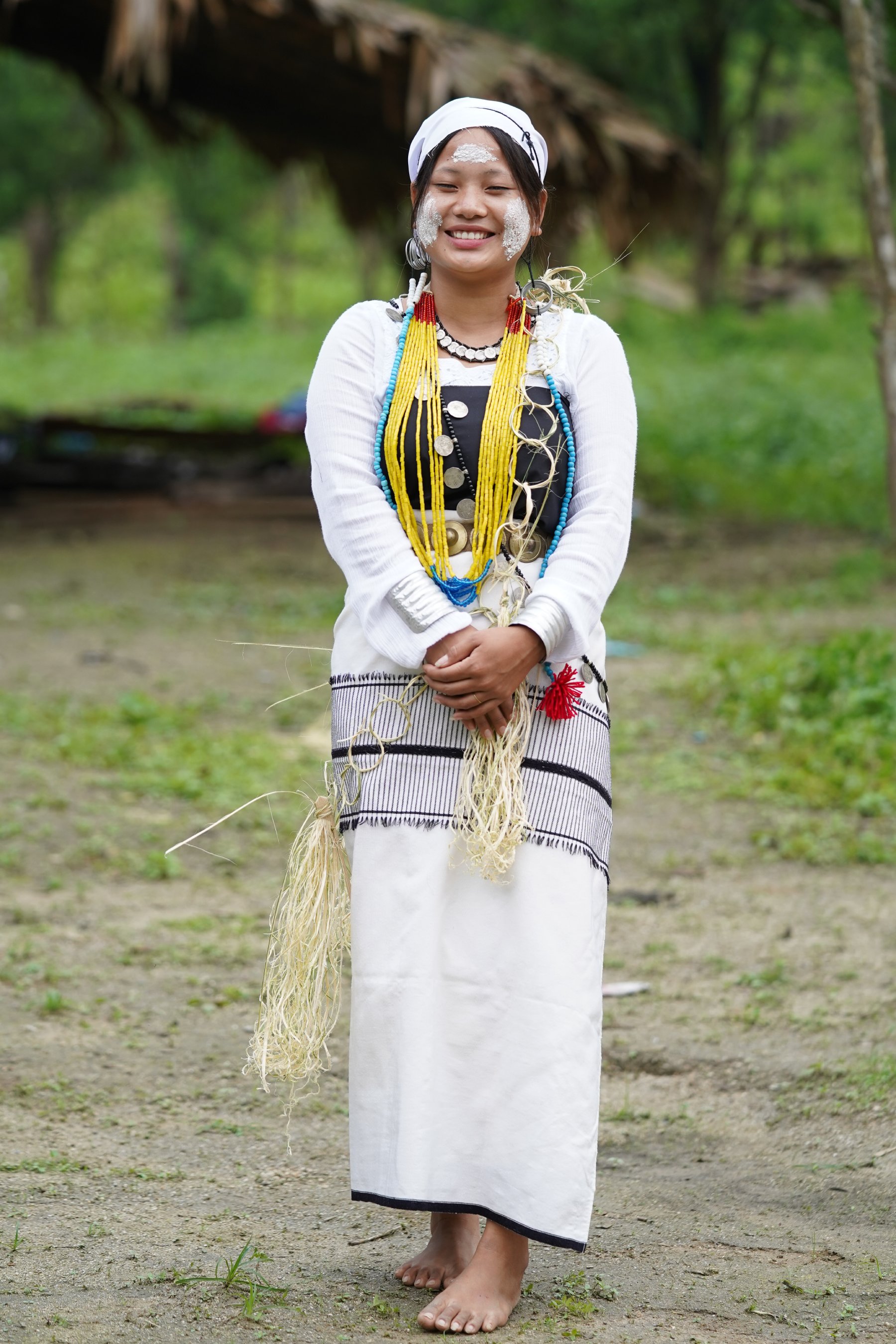State
Tribe Name
Art Type
short description
Galo is a member of the Western Tani subgroup of Sino-Tibetan languages. It is spoken by about 29,000 people in Arunachal Pradesh and Assam in India. The language is traditionally spoken in the districts of Siang, Dibang Valley, Lohit, Changlang, and Upper Subansiri and quite ambiguously and distantly refers to the culture of the Galo tribe. The language is part of the identity carrying cultural heritage and conserving indigenous knowledge and oral traditions passed on from generation to generation.
Thumbnail

Filter Postion
Right
Filter Background
Off
Theme
Filter Header Image
content
Image
description
Galo is a member of the Western Tani subgroup of Sino-Tibetan languages. It is spoken by about 29,000 people in Arunachal Pradesh and Assam in India. The language is traditionally spoken in the districts of Siang, Dibang Valley, Lohit, Changlang, and Upper Subansiri and quite ambiguously and distantly refers to the culture of the Galo tribe. The language is part of the identity carrying cultural heritage and conserving indigenous knowledge and oral traditions passed on from generation to generation.
Image Mode
landscape
Image
description
In the Arunachal Pradesh state, their major areas of habitation cover the West Siang, Lepa Rada, and Lower Siang districts. They are prominent tribes of this region with a population of around 79,327. Their settlements lie in scenic green hilly terrains, demonstrating a calm relationship with nature. The natural surroundings have had their impact on both language and culture and way of life, thus establishing a very strong bond between the people and the land and the available resources.
Image Mode
landscape
Image

description
The Galo people have an extremely rich cultural heritage, one festooned with folk dances and other vibrant traditions celebrating harvest and prosperity. With agriculture being their mainstay, their celebrations would concern the preservation of their lands and nature. The Mopin festival is an important time marked by rituals and social cohesion. Such activities are culturally registered in the Galo language, which serves as a medium of expression for their traditions and beliefs.
Image Mode
portrait
Image
description
With improvement to communication and improved economic opportunities, Galo people find it easier to go in quest of livelihoods beyond the vicinity of their homes, and they speak increasingly Hindi, Assamese, and English. This is bound to affect the preservation of the Galo language. However, efforts are made to document and promote the language so that it will continue existing as an essential part of the identity and cultural heritage of the Galo tribe.
Image Mode
landscape
Image
description
Galo's indigenous knowledge system depicts harmonious coexistence with nature. Their folklore emphasizes the interdependence among humans, spirits, and wildlife in guiding sustainable resource management practices. Crop protection rituals, Ampu Yolu and dir-tachi, reveal protagonists from language, culture, and environmental stewardship in Galo society.
Image Mode
landscape
promoted
On
Verified
On
